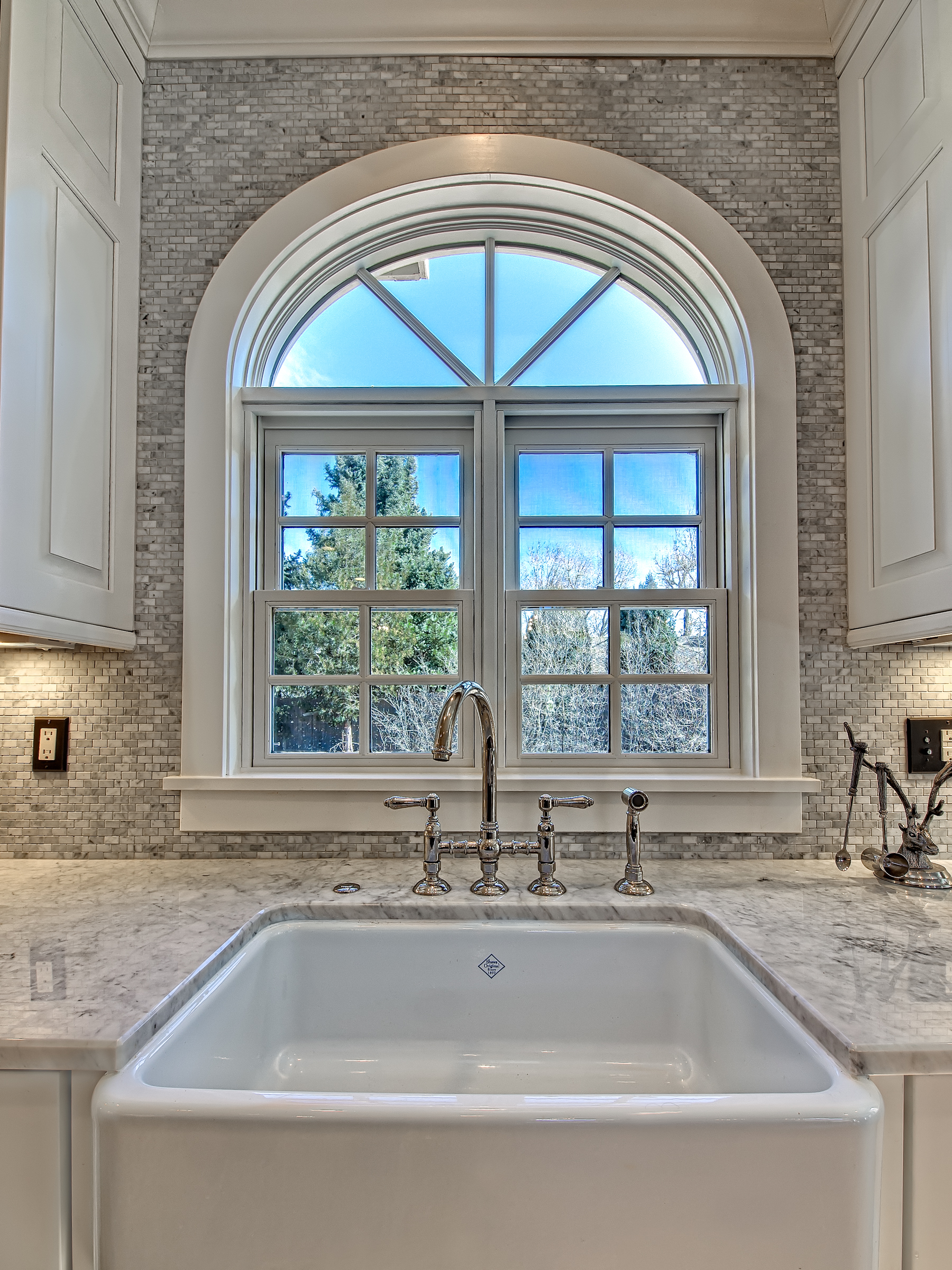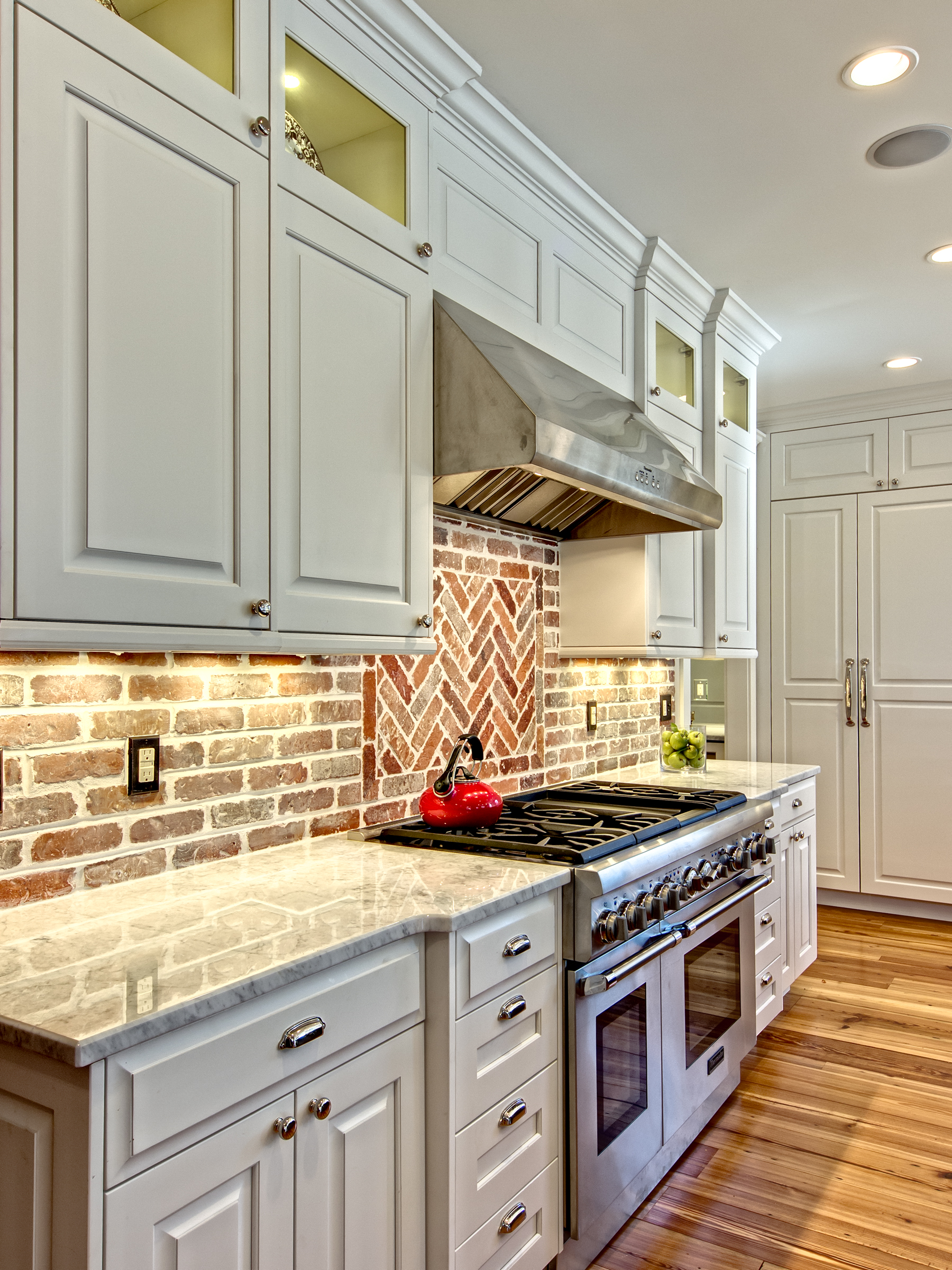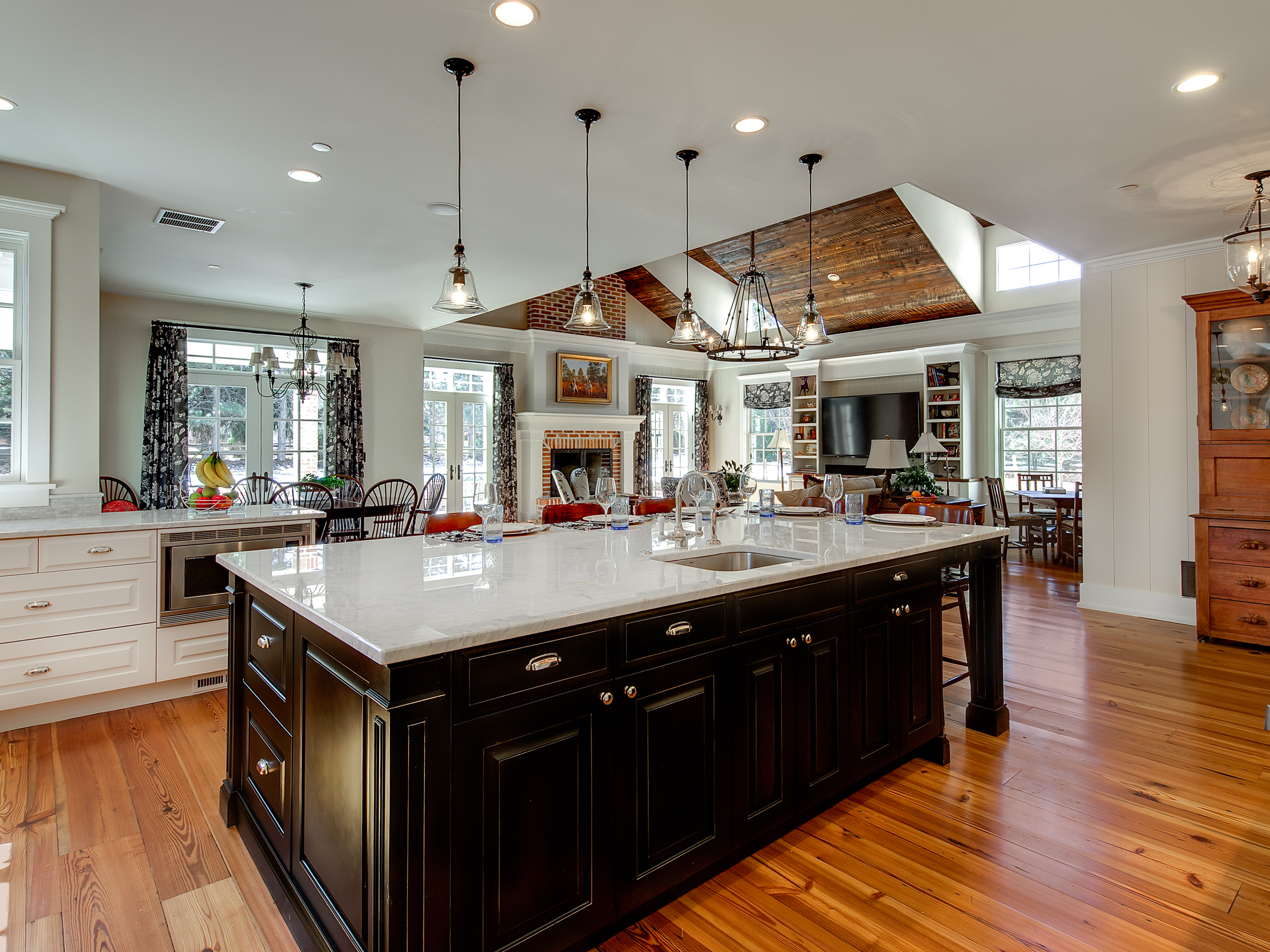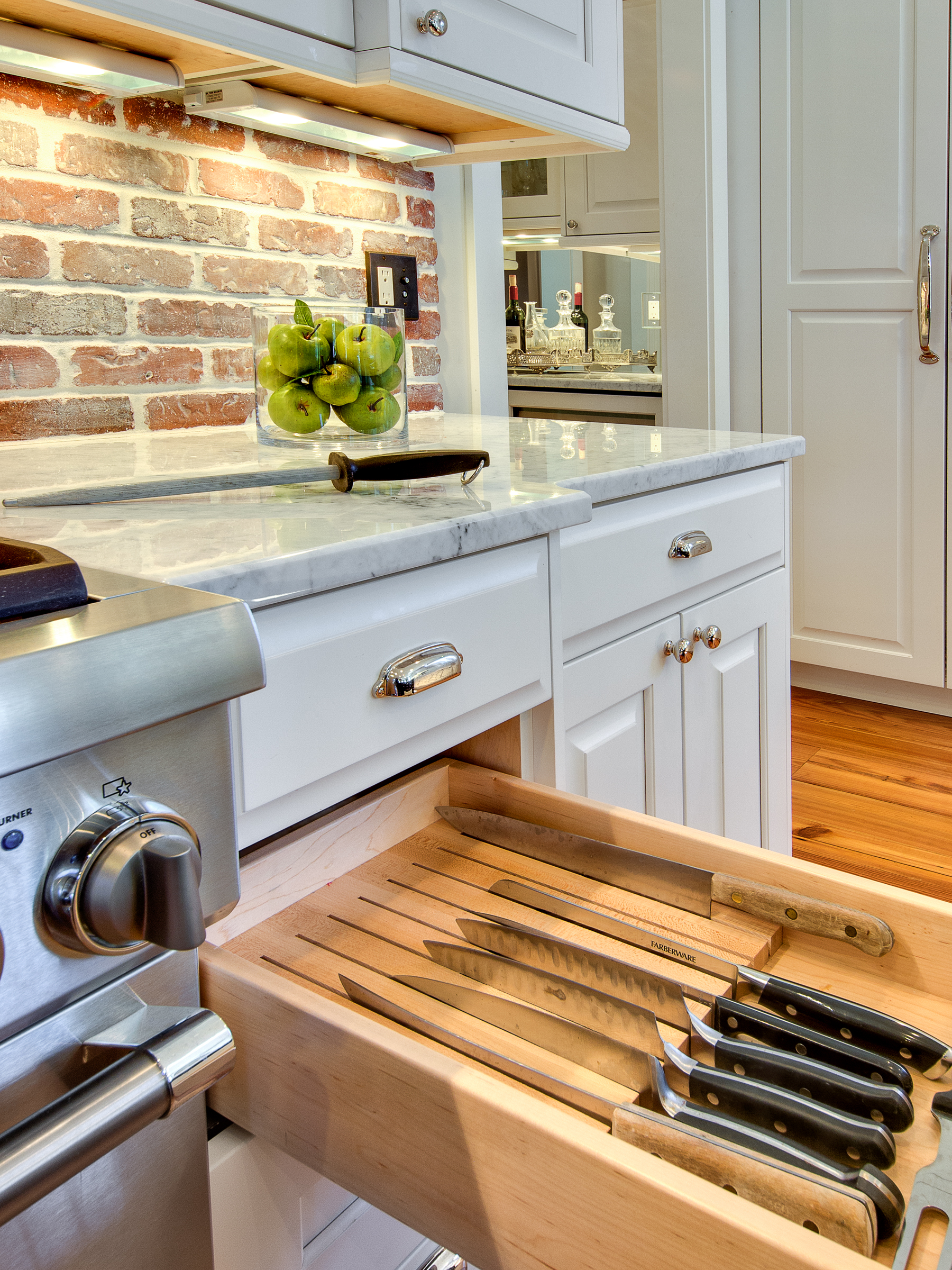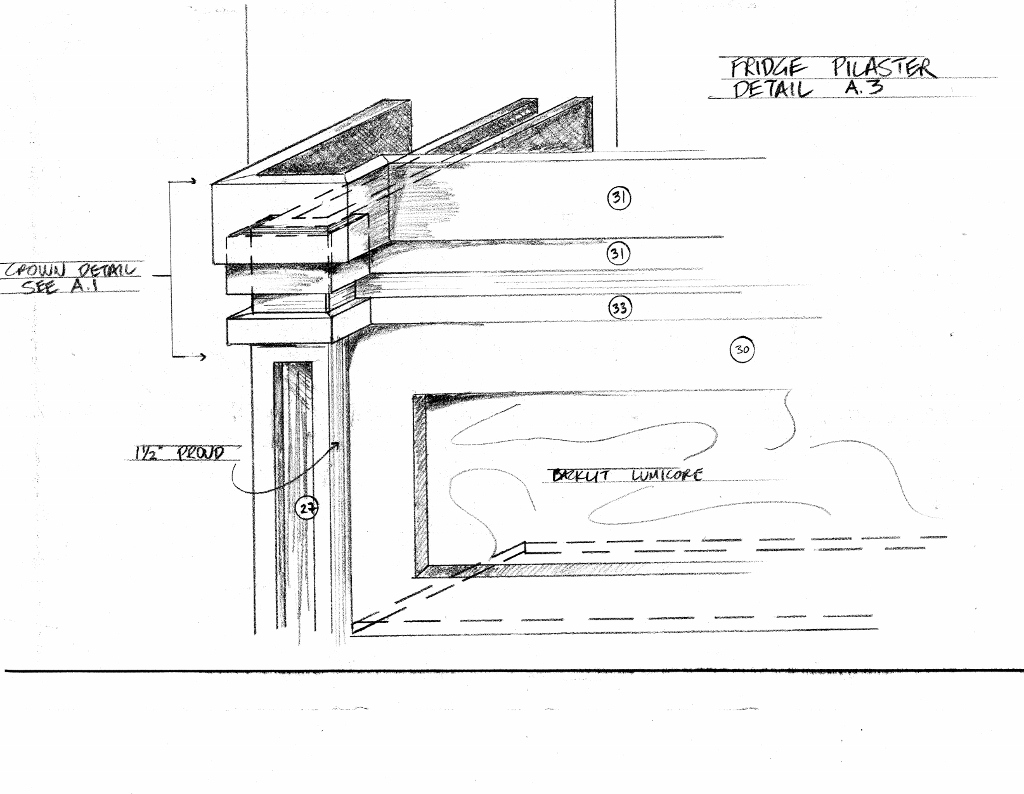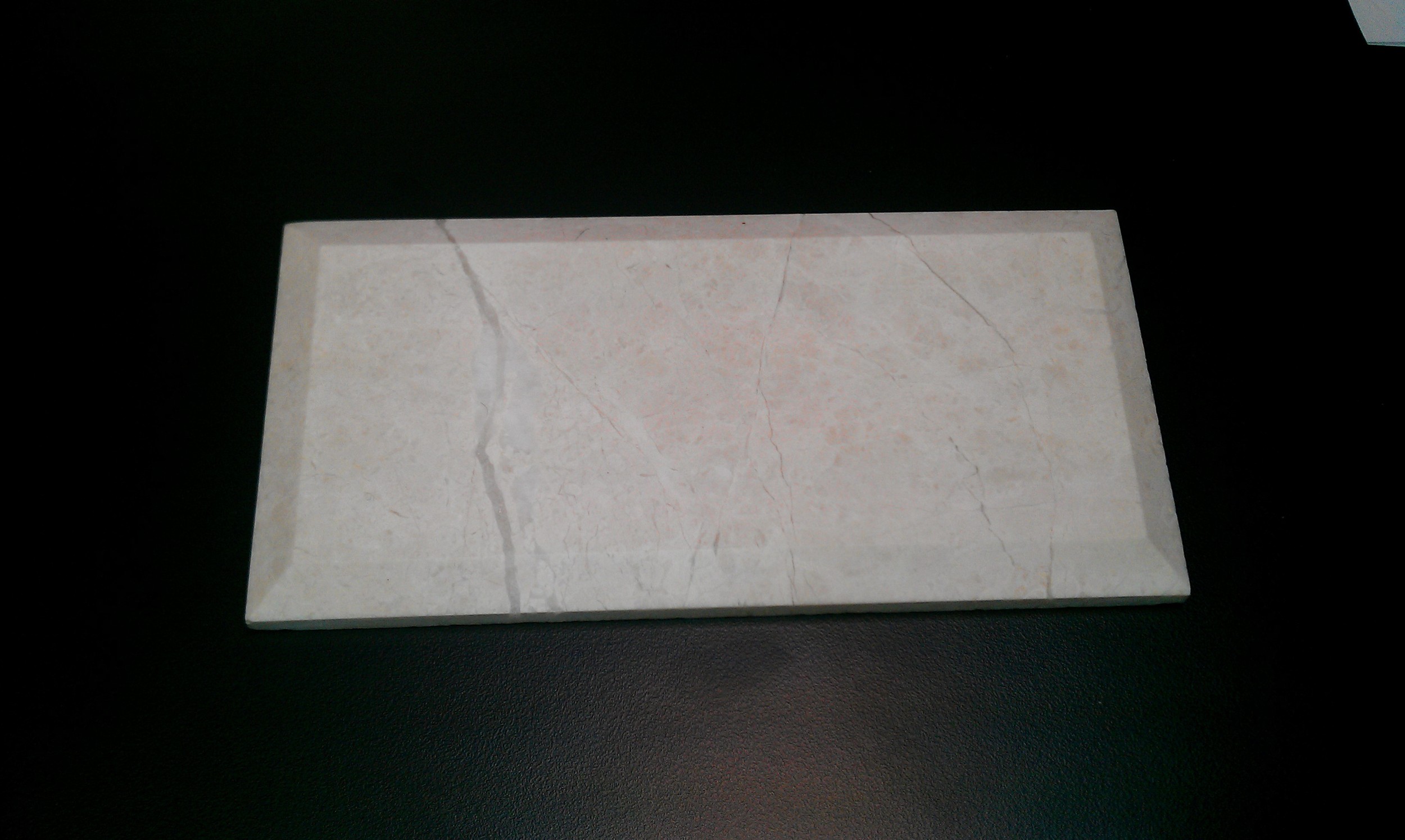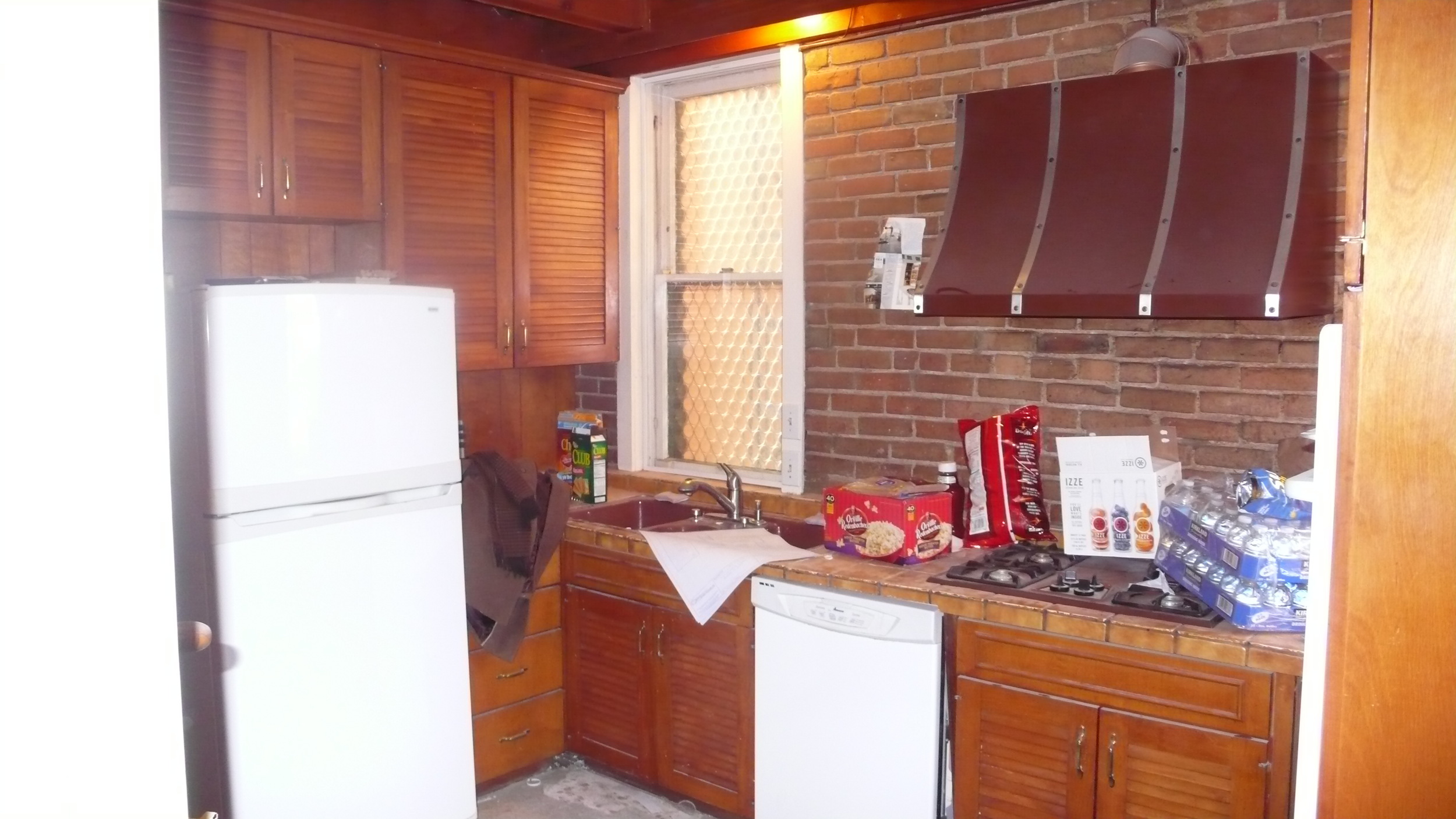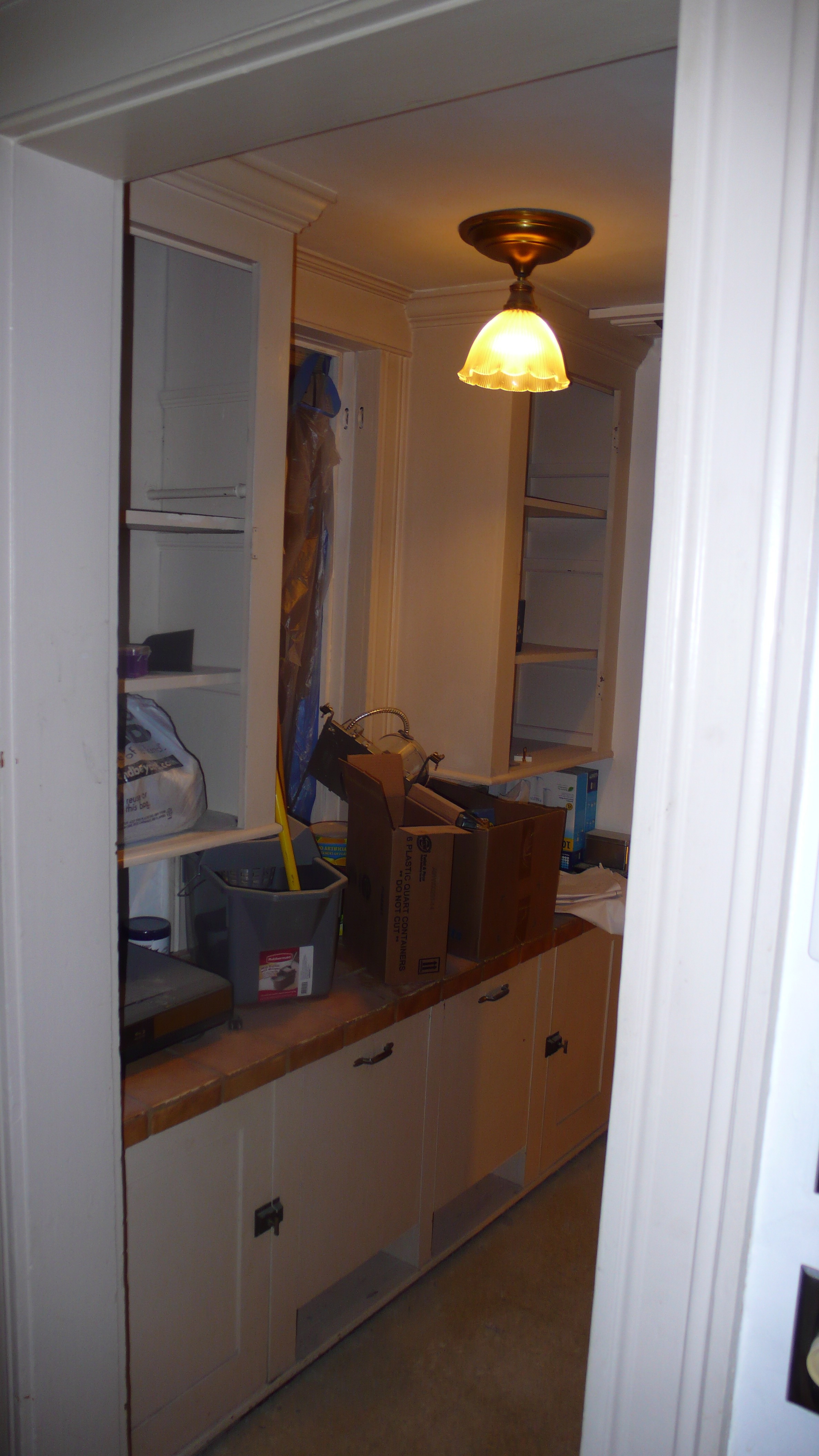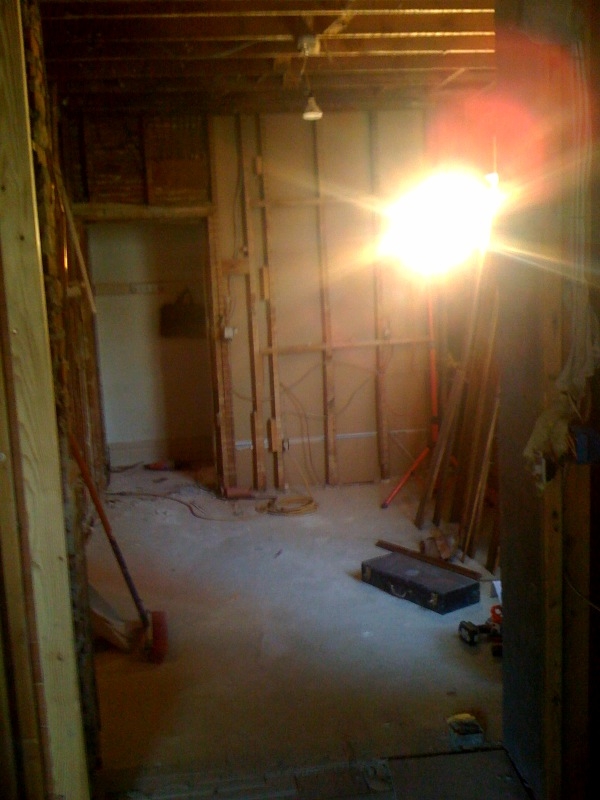Kitchens and baths really need great lighting in order to be a success. Don't make the mistake of leaving this detail out of your plans until it's too late. So before you finalize everything in the planning stage, make sure that you have taken these three things into account:
1) Where and what type of GENERAL lighting do you want in the kitchen, i.e. - recessed cans, pendants, etc...
2) What type of TASK lighting do you need to perform your daily tasks such as meal preparation, coffee making, and cleaning?
3) What type of ACCENT lighting do you want, if any at all? This can include interior cabinet lights, cove lighting, etc...
4) What kind of bulbs do you want to use? Do you want halogen, xenon, LED, or flourescent undercabinet lights? What kind of bulb do you want to use for your recessed can lights and fixtures?
GENERAL LIGHTING
The first thing to do is to gauge how much natural light from windows and skylights is available. For instance, during the planning phase of my own kitchen remodel in the summer of 2011, we decided that there was just not enough natural light in the kitchen. Our kitchen is situated in the northeast corner of the house (read: least amount of sunlight) and the two windows to the kitchen were shaded by the roof over our covered deck. The first thing we did was add two skylights to the roof to increase the amount of natural light. It was a bit costly up front, but as a result, we never have to turn our lights on during the day. Over the life of our stay in this home, we think the energy savings from not running lights during the day will effectively pay for the two skylights.

If your kitchen is really dark, considering adding a skylight, or even a window.
After gauging your natural light, determine how much general lighting you want. It's best to have 4" or 5" recessed can lights spaced about 48" apart from one another over the countertops, and a few well placed recessed can lights in the center of the kitchen. 4" cans cost a little more than the standard contractor-grade 6" versions. However, the smaller version definitely is a more pleasing aesthetic look. Don't forget to plan where and how you want to switch them on and off. If you have multiple entrances to the kitchen, you definitely want these lights to be switched at the main entry points using a three way switch. It's also a great idea to install a dimmer switch at one location so you have the option of lowering the light output. There are no rules except one: always try to center a can light (or hanging pendant) over the main sink.
Check out the difference a bigger window and removal of covered porch made in this kitchen.
TASK LIGHTING
This refers to the lighting that you use to perform daily tasks. Cleaning, making meals, chopping broccoli, bathing your child in the sink...etc. No matter how great your general lighting is, you'll definitely need some task lighting. The most important is under-cabinet lighting.

I recently came across this light, which I think is great. It throws off a ton of light and it's an LED, so it's really energy efficient and it will never emit any heat. Traditionally, LED lights have been much more expensive than Xenon or Halogen. However, just as with all technology, as the number of manufacturers has increased, production costs have come down. This one is quite affordable and I have it specified for a large kitchen in Vail, which will install in June.
Place your undercabinet lights at the front of the cabinets, not at the back. This will produce the best result and better distribute light on the counter surface. Most undercabinet lights come in several different lengths, so you should be able to find one for most every cabinet width.
One important caveat to LED lighting: It's what you call "low voltage". The 15amp circuit that feeds the undercabinet lights is not wired directly into the light. Instead, a "driver" or "transformer" is needed to reduce the voltage prior to feeding the light. It can be complicated, so it's best to just specify the type of light you want, and then hand it off to the electrician to figure out the rest of it. There are several restrictions on length of cable used and number of lights allowed per driver. A good lighting store should be able to sort you out. Just don't expect to get answers to these questions from Home Depot or Lowe's (I really prefer Lowe's - much better don't you think?)
[polldaddy poll=6071277]
ACCENT LIGHTING
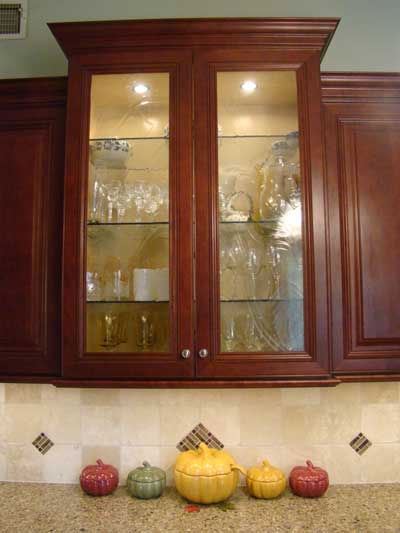 Accent lighting is what usually sets the great kitchens apart from the ones that are just "good". It's a well placed fixture or an interior light behind a glass door that can really make a space pop. For these types of applications, you're really not going for a light that is super bright...You're looking for something that just accents a desired space, such as the interior of a cabinet, or the space between crown moulding and a ceiling.
Accent lighting is what usually sets the great kitchens apart from the ones that are just "good". It's a well placed fixture or an interior light behind a glass door that can really make a space pop. For these types of applications, you're really not going for a light that is super bright...You're looking for something that just accents a desired space, such as the interior of a cabinet, or the space between crown moulding and a ceiling.
Think about whether or not your cabinetry will join to the ceiling, or if it will stop short of the ceiling. If your crown moulding stops short of the ceiling, it might be a nice idea to add some rope light on top of the cabinets for a cool ambient feel.
On the "way out there" spectrum, translucent stone is now also being back lit for really dramatic effects. Check out this picture of a quartz countertop which has been backlit from beneath: 

